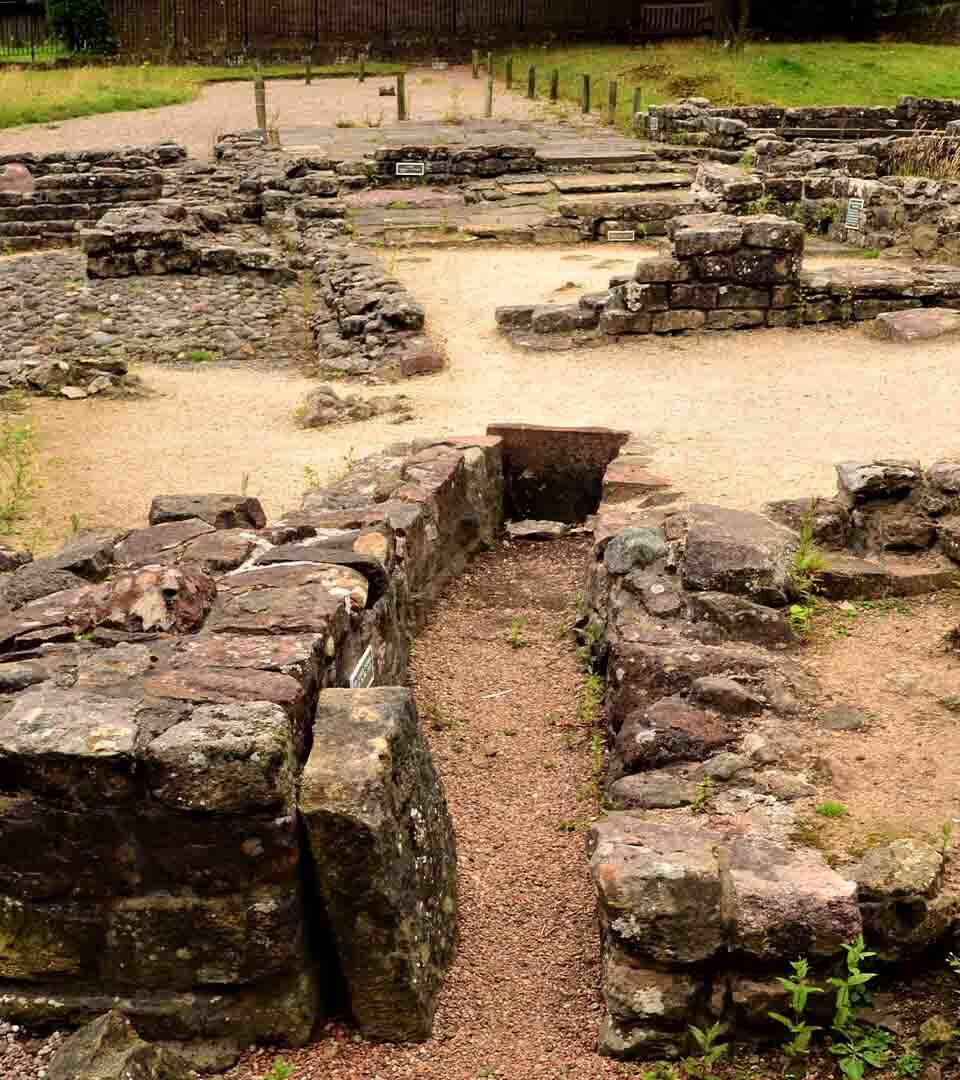The Antonine Wall
When the Roman army invaded Great Britain over a thousand years ago, they only got so far north before stopping. Records show that the northern tribes of Scotland were a bit too much for them, and so the emperor at the time, Antonius Pius, demanded that a wall be built to keep them out, and keep his army safe. And so the creation of the Antonine Wall began in the 2nd century AD. It was built from high banks of earth and deep ditches. Today, only the ditches remain alongside some remnants of stone forts. But they offer a fascinating insight into how different life was for the residents of Scotland back then. There’s plenty of opportunity to explore the Antonine Wall near Loch Lomond Waterfront.
Antonine Wall history
For a long time, Hadrian’s Wall marked the boundary between the Roman Empire and the unconquered north. But the Romans did venture much further north, well into Scotland. What remains of their ventures can be seen around what is left of the Antonine Wall. These days, it’s more of a ditch, but is a huge part of central Scotland’s landscape, history and heritage.
The wall stretches for around 37 miles from the east to the west coast. At the peak of its might, the wall was 3 metres high and 4 metres wide. Nothing and nobody was getting past it (or so the Romans thought). Along most of its stretch, you’ll need your imagination to fully grasp just how massive this wall was. You can get a real sense of it from the deep scar it has left across the countryside – one of the most visible remnants of Roman occupation in Scotland.
The wall only lasted less than 20 years. It turns out it would take a lot more than a grassy hill to keep the Caledonians at bay, and after two decades of continued harassment, the wall was abandoned.
Visiting Antonine’s Wall today
Large sections of what remains of the wall can still be seen today. A great place to go is Seabegs Wood near Bonnybridge. However, some stone structures from the wall can also be seen.
Bearsden Bath House is just half an hour away from Loch Lomond Waterfront. This fort was built for soldiers to keep them warm and clean. It had baths (of course) as well as a hot steam room, a hot dry room and a changing room. These buildings would be used to socialise and keep up to date with the latest from Rome.
Another area worth visiting is the Bar Hill Fort. Around 45 minutes from Balmaha, it displays the foundations of a fort built along the wall. Signage can help visitors see where buildings like the headquarters and bath house once stood.
Discover our Roman heritage
For those who love history, taking a walk along Antonine’s Wall is a great way to spend the day. Hopping from one point to another can give an impression of the full scale of what was achieved. Book your stay at Loch Lomond Waterfront and begin planning your ancient Roman adventure today!
Book AccommodationSubscribe to our newsletter

Testimonials



 ..
..











